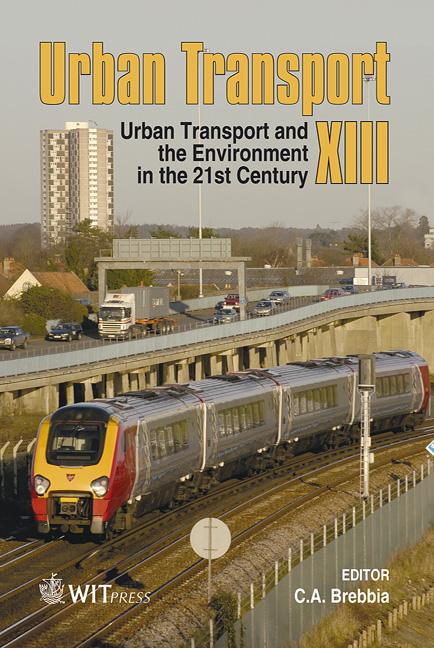Effects On Environmental Conditions Of Constructing A U-turn In East Tehran Highway
Price
Free (open access)
Transaction
Volume
96
Pages
8
Published
2007
Size
823 kb
Paper DOI
10.2495/UT070681
Copyright
WIT Press
Author(s)
S. Boudaghpour & A. R. Jadidi
Abstract
One of the main important highways that connects the north-east to the south, and the south part of Tehran, is the Afsariyeh highway. It acts as a powerful tool to transport approximately 150000 heavy and light vehicles daily. Owing to Iran’s regulations, it is not possible to construct a crossing on such highways. Therefore, construction of a u-turn in highways can be the best decision to accelerate traffic movement, while increasing the safety of vehicles and decreasing the vehicle movement’s lag time. All these factors cause a heavy reduction of air and sound pollution. In the present research the number of daily vehicles before and after the u-turn construction, the percentage reduction of vehicle lag time and the considerable reduction of air and pollution have been studied. Keywords: u-turn, air pollution, environment, heavy traffic. 1 Introduction Daily development and expansion of cities are a global phenomena and Tehran is no exception. Irregular expansion of cities and population growth in recent years has caused an incremental increase of vehicles and heavy traffic, both within cities and in suburban and rural areas. Limited capacity of side walks on the one hand and the daily reduction in the efficiency of main highways on the other, have forced the planners to design u-turns which show a tremendous improvement in highway efficiency for the 12 million population of Tehran. Besides, according to city planning rules and regulations in Iran, the construction of traffic signal crossings are not suggested.
Keywords
u-turn, air pollution, environment, heavy traffic.





